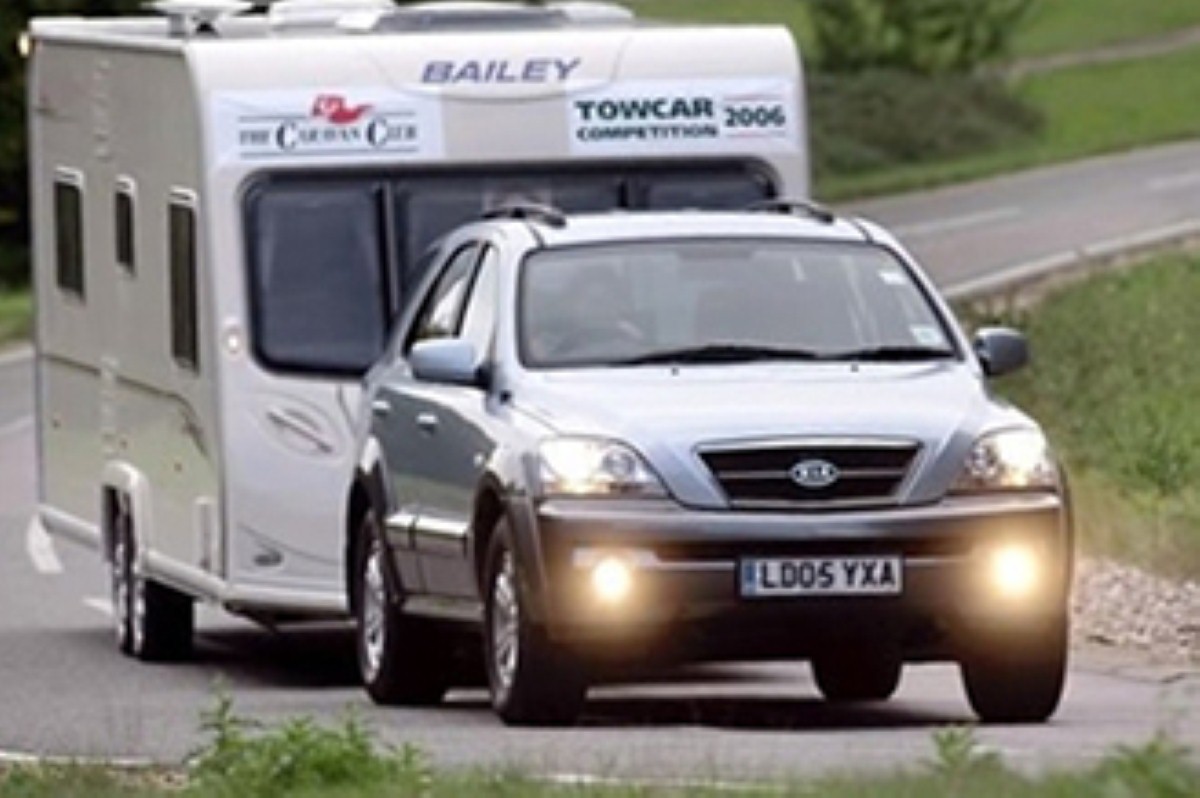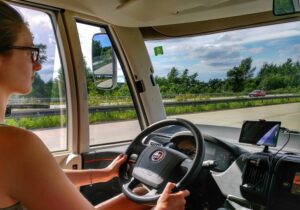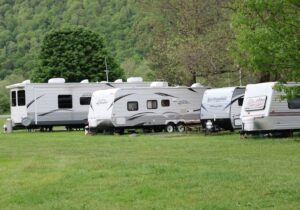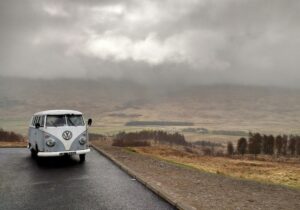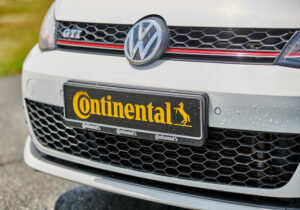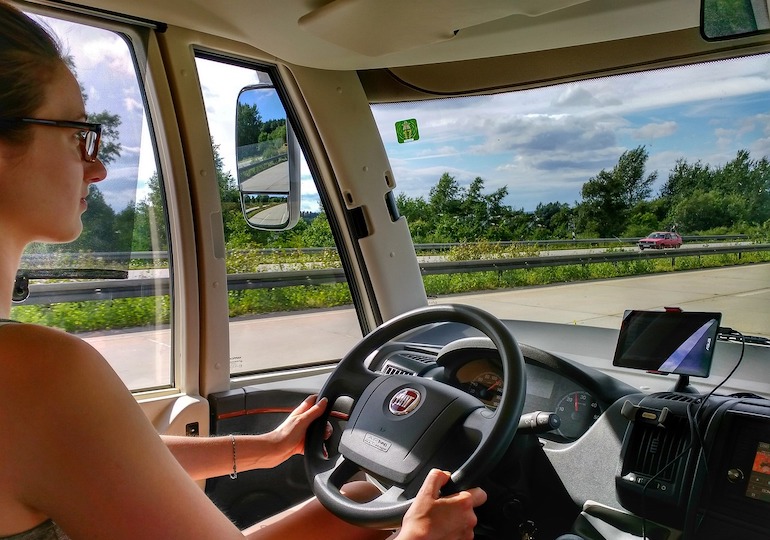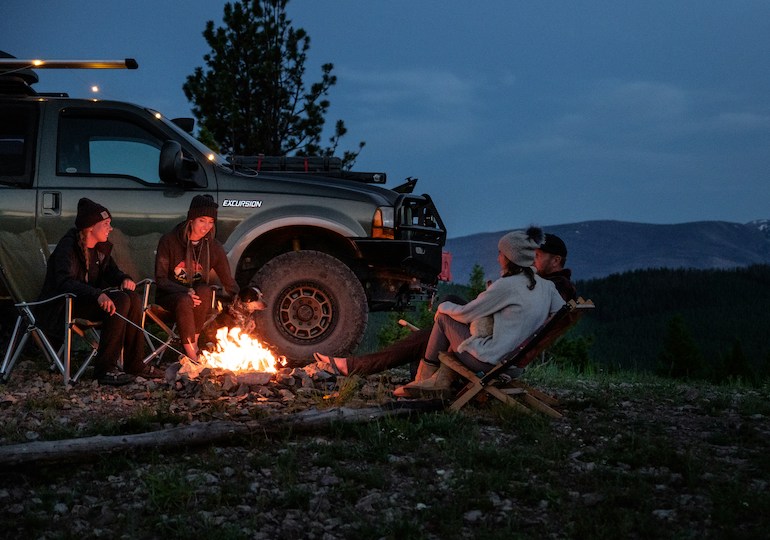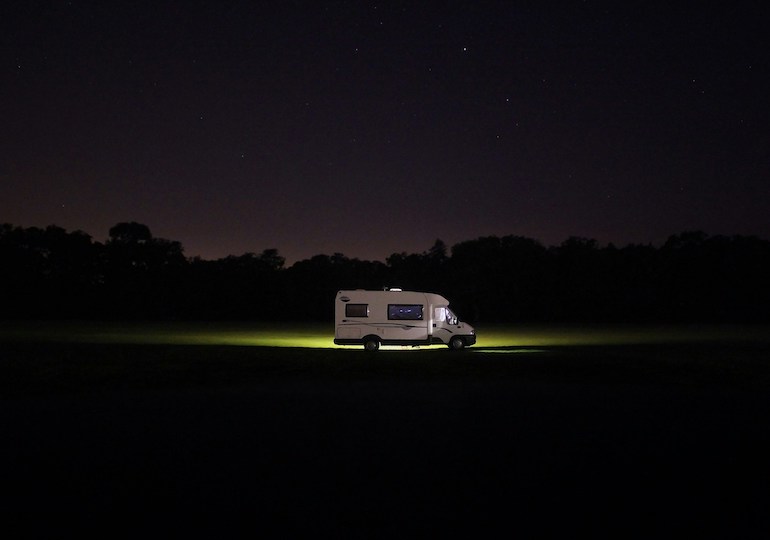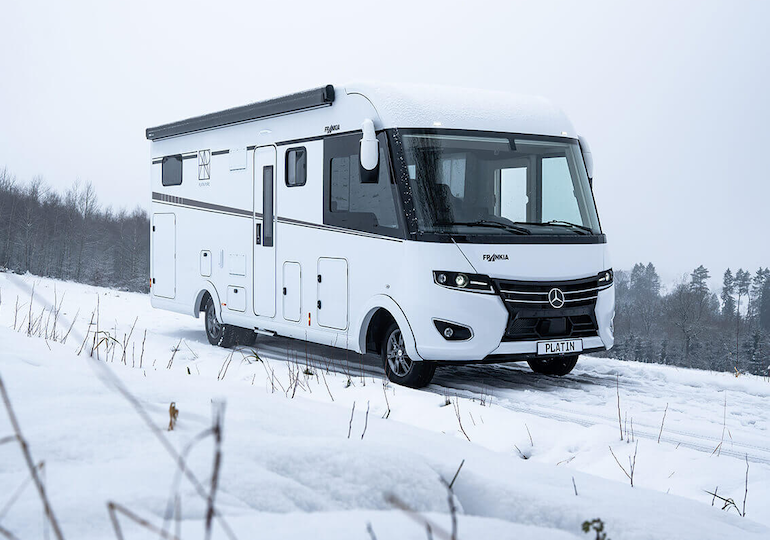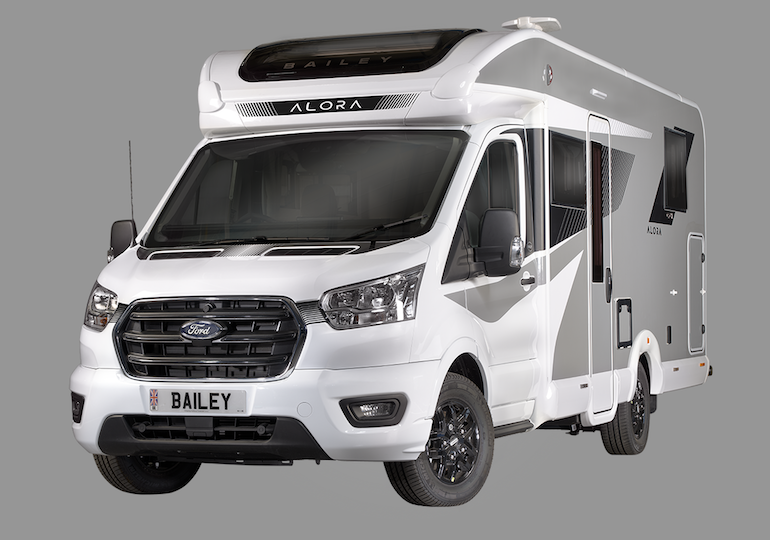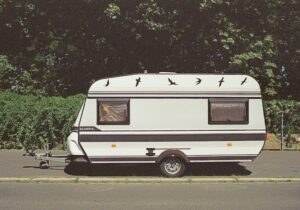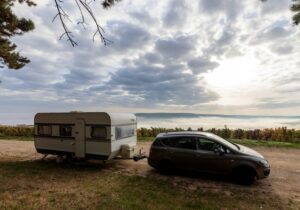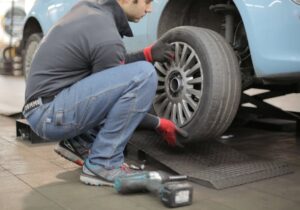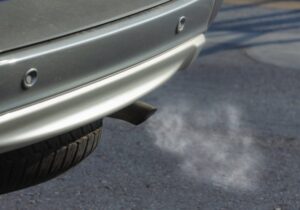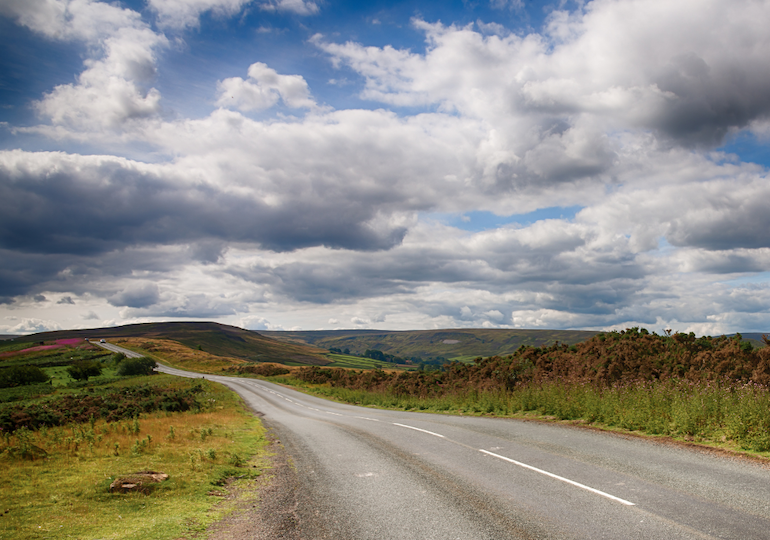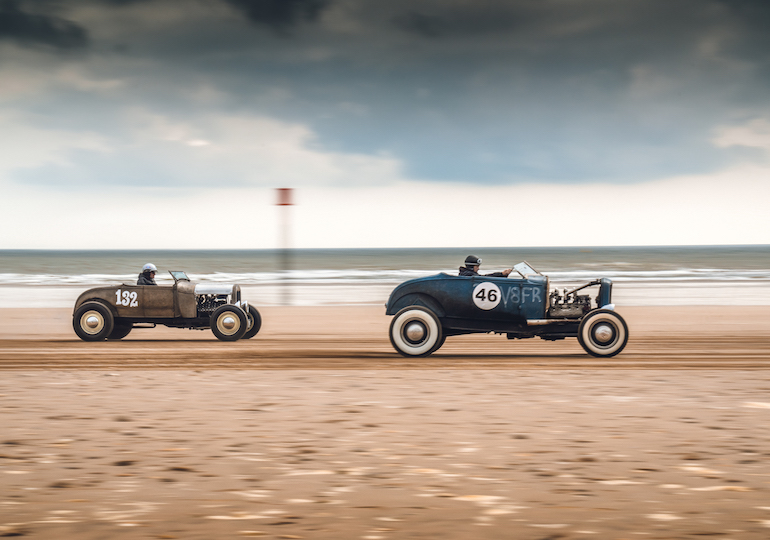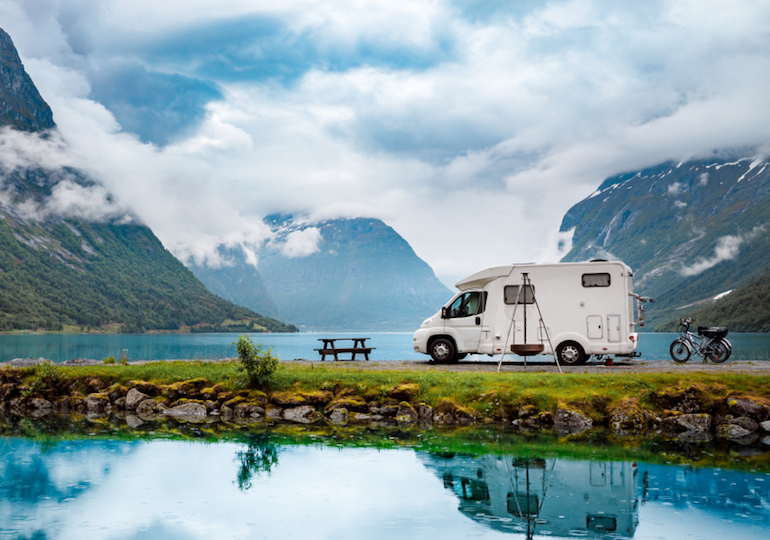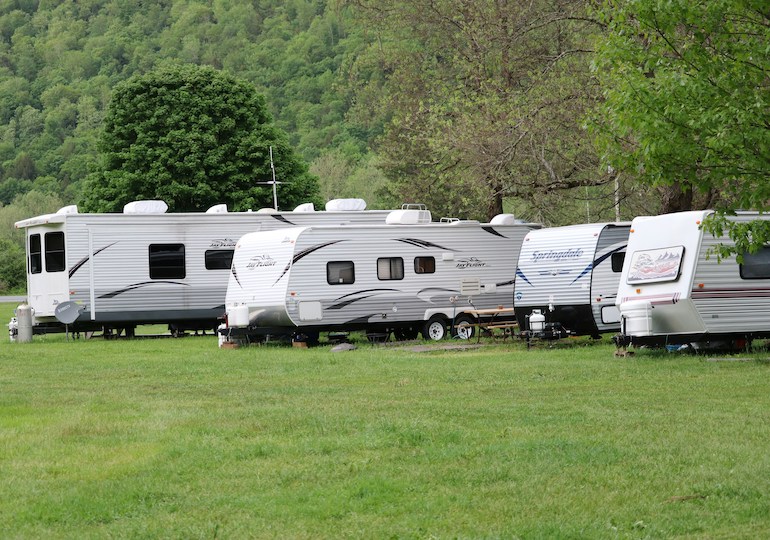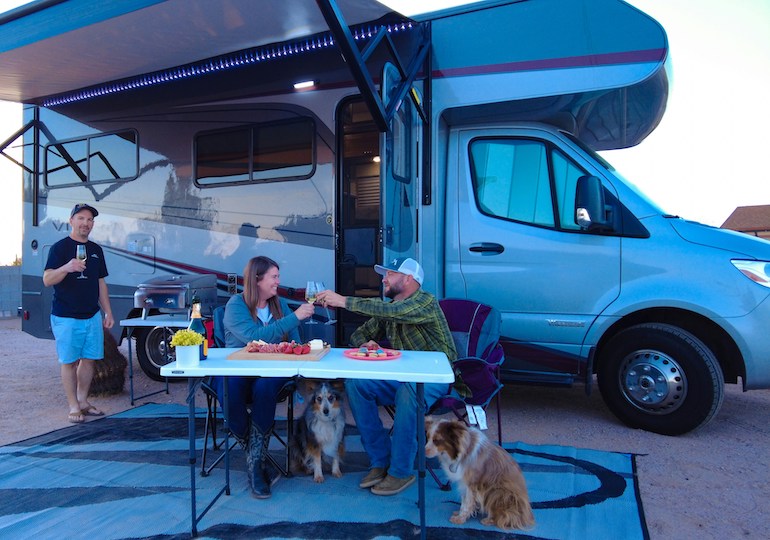If the prospect of towing a caravan for the first time is what’s stopping you from buying one, fear not, CaravanTimes is here to help! Here are our top ten tips for towing
With caravan season in full swing, as well as various caravan manufacturers starting to reveal their latest models, we certainly expect to see more caravans taking to the road before the year is through. For those wishing to take the plunge, however, and invest in a new home on wheels, towing can be one of the main bugbears when it comes to deciding whether to invest in one or not. As daunting as towing sounds, it’s isn’t – as long as you know what you’re doing.
CaravanTimes has, therefore, compiled the following top ten towing tips to get you moving.
Driving licence
If you passed your driving test before 1 January 1997, then you will already be authorised to drive vehicles up to a combined Maximum Authorised Mass (MAM) of 8.25 tonnes. That’s a lot of caravan! If you passed your test after this date, you’re restricted to driving a B category vehicle, limiting your vehicle and caravan’s total weight to 3.5 tonnes.
If you’re unsure, your current driving licence will show the categories of vehicles you are permitted to drive.
Don’t sweat, though. Lots of caravan manufacturers have compensated for this change in law and now produce caravans meeting the said requirements, but it’s always imperative to check before you make the plunge and part with your cold hard cash.
Towing weight
When it comes to towing a caravan keeping the weight down is key. Keep the caravan as light as possible, and try to store your heavier items low down and close to the axle – never overload.
Why? Well, the weight of the loaded caravan must be within the car’s towing ability, and the combined weight of both the loaded car – including passengers – and caravan must be below the maximum train weight of the car.
Experts recommend that the weight of the loaded caravan should be no more than 85 per cent of the car’s kerb weight (you can find this in your car’s handbook). The maximum you can tow using an unbraked trailer is 750 kg.
The caravan’s width can stretch to 2.55m towed on a car weighing less than 3500kg.
Importantly, when towing a caravan, never allow for anyone to remain in the caravan whilst driving, no matter how much more appealing it is to lie on a bed rather than an upright car seat.

Towing mirrors
When towing a caravan, you’ll need to have a good view of the rear. Extension mirrors are not only legally required, but they also make your life a whole lot easier.
There are many different types of extension mirrors available, but extension mirrors which can be operated from the inside should be used.
So which one’s best for you? Start off by comparing the width of your car to the width of the caravan. A narrow car and wide caravan will require mirrors that extend further.
Plan ahead
Once you’ve checked your licence, weight and mirrors you’re pretty much ready to hit the road. But remember to plan ahead and anticipate road and traffic conditions.
When you’re towing, you’ll need more time and space for everything. Being aware of what’s happening a few cars in front of you will help practise safe braking and accelerating. It is best to brake earlier, and remember, because of your weight, you will accelerate at a slower pace.

Gears
Use the gears on your car for engine braking. This applies to both automatic and manual transmissions. Moreover, it will help prevent brake fade and wear. It’s also very helpful for maintaining control, and is essential on long descents.
Swing wide
Since you’re no longer only responsible for one vehicle, remember that you have to allow for extra width and length, so take corners more widely in order to avoid cutting them. Remember those mirrors we were going on about earlier? They will help you to no end.

Other vehicles
Since the speed limit is lower for towing cars, it’s important to increase the travelling distance between yourself and the vehicle in front. This is essential for a safe and enjoyable journey. The distance should be further increased under wet or slippery conditions.
Only overtake other vehicles if necessary and in extremely safe circumstances.

Snaking
Snaking occurs when the lateral swaying movement of the towed caravan becomes excessive – not exactly something anyone would warm to. But, for every problem there’s a solution.
If your caravan begins to snake, the most important thing to do is try to stay calm. Don’t slam the brakes. Instead, reduce your speed and continue in a straight line.
You can also take measures before going on the road to prevent snaking. For example, load heavier items over the caravan axles, as aforementioned.
Parking
No one likes parking. It always seemed to be the most difficult part of the driving test, nevertheless, it’s something we can’t escape.
When pulling up and parking against a kerb, don’t forget that the caravan is probably going to be wider than your car. This simply means that you must be aware of the caravan’s proximity to the kerb more than that of your car.
Take it easy
The most important rule of all when it comes to towing is to take it easy. Come on, you’re on holiday after all!
So relax and remain cool, calm and collected. When towing, you’re restricted to a maximum speed of 30mph in built up areas, 50mph on single carriageway roads and 60mph on dual carriageways and motorways, provided no lower limit is in force…but what’s the rush?

